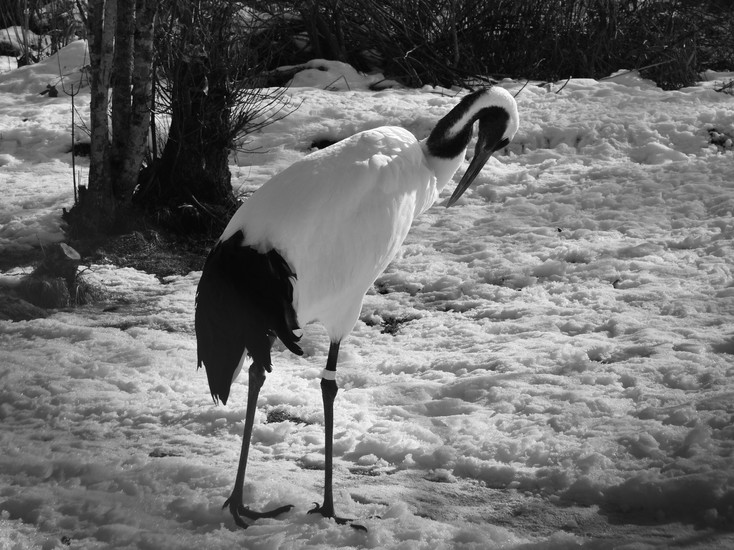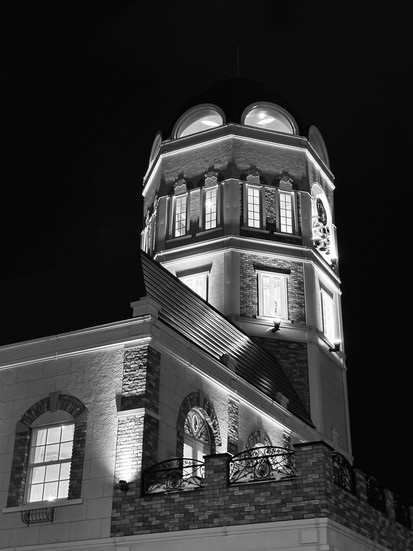A Perfect Getaway in the Untouched Hokkaido
- glosnapgs
- 2月9日
- 讀畢需時 3 分鐘
Kushiro: Town of Romantic Sunsets
Encounter the red-crowned cranes in Kushiro Marshlands. Once thought to be extinct, a colony of them was discovered in Kushiro area. In 1889, Japan prohibited the hunting of them due to a drastic decline. Now, 2800 individuals are in the wild and one-third inhabit Kshiro. As a symbol of longevity and immortality, folding 1000 origami cranes is believed to grant wishes.
Alongside Bali in Indonesia and Manila in the Philippines, Kushiro is ranked as one of the top three sunsets in the world. Enjoy the superb view nearby the Nusamai Bridge. Apart from the migration of killer whales, i.e. “Gods of the sea” known by the Ainu, Kushiro Fisherman's Wharf MOO offers the best seafood in the town, reminding the foodies for a Robatayaki (炉端焼き).
Biei: Town of Patchwork Landscape
Wandering the Asahiyama Zoo, one could observe the penguins during their winter stroll, as well as enclose the hippo and seal the small glass dome. An hour's road trip from Ningle Terrace, the Blue Pond was created in 1988 to stop mudflow damage to Biei from the nearby active volcano Mount Tokachi. A mix of natural minerals leads to its startling blue colour.
Situated 600 m above sea level, the white curtains of water cascading through gaps in the cliff inspire its name, which means “white beard waterfall.” Shirahige Waterfall is formed by water gushing out from the boundary of two rock layers. While the upper layers are rock left by lava flows, the lower rock body is a layer of gravel and sand accumulated from ancient mudflows.
As the branches resemble the stars, the Christmas tree becomes one of the most picturesque scenes. With less than 10,000 people, a stampede of tourists 200 times larger than its population barrels through the northern town for its pastoral views. Its “patchwork landscape” of farmland and trees succumbs to overtourism, igniting the locals to cut down a cluster of white birch trees.
Mombetsu: City of Drift Ice
Head out an ice breaker and cruise through the “ryuhyo” as a highlight. Drift ice forms where the Amur River enters the sea north of Sakhalin in Russia, a frozen and fontish of freshwater and saltwater. Mini icebergs then drift south on the winds and sea currents, getting trapped on the Sea of Okhotsk side of Hokkaido in the hok between Abashiri and the Shiretoko Peninsula.
As a conservation facility for earless seals, the Okhotsk Tokkari Center in Monbetsu is truly one of the hidden gems, which allows you to feed them and play with them. Do not miss out on the Sounkyo Onsen Ice Fall Festival. It celebrates the beauty of the harsh winters via the illuminated ice sculptures, the magnificent icefall shrine, as well as ice sliding and stage performances.
Otaru: City of Japan’s Westernization
During the Meiji and Taisho periods, this port town was once a centre for business and trade. Stately stone buildings of the banks and trading companies form a romantic cityscape around Otaru canal. Known as “the Wall Street of the North”, the Sakaimachi Street preserved the merchant street around the canal area, with Music Box Museum and glasswork studios nearby.
Along with Mount Moiwa and Mount Hakodate, Mount Tengu is regarded as one of the three major night views in Hokkaido. Take the ropeway up for the panoramic views, surrounded by Ishikari Bay, the Shakotan Peninsula, and Otaru itself. A pivotal moment in the Netflix series “First Love” occurs here, where Harumichi and Yae share their unforgettable kiss.
In ancient times, the Japanese regarded mountains as another world which was created by Tengu. It has a red face with wings, and comes in the form of monks, children or demons. “Sarutahiko Daijin”, the origin deity of the Tengu is enshrined here. It is believed that rubbing its long nose and putting on its wooden clog will make our wish come true and protect us from adversity.






















































































留言